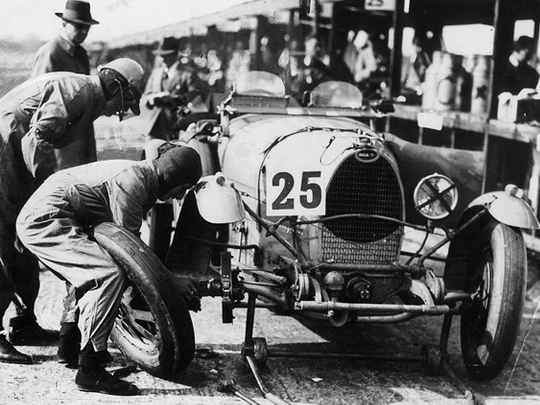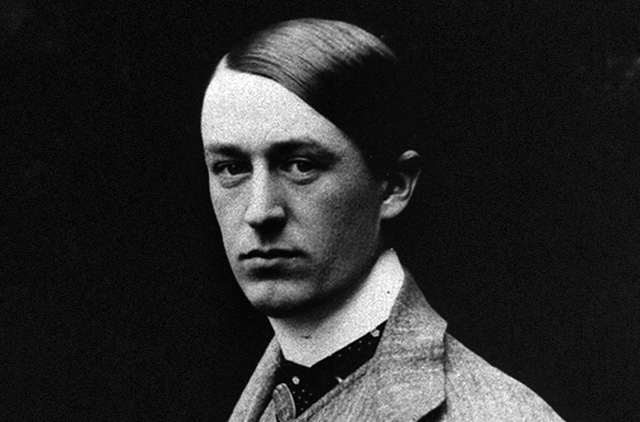
With so much creative talent and engineering genius flowing in the family, it's no surprise some of that flair rubbed off on Ettore Bugatti. His father, Carlo, was an art nouveau expert, his brother, Rembrandt, was a renowned animal sculptor, his grandpa, Giovanni Luigi, was an architect and — as if that wasn't enough — Giovanni Segantini, one of the most famous artists in Europe of the 19th century fell in love with and married his aunt Luigia.
You can just imagine what the family home must have been like when he was a kid; works of art lying around all over the place, sculptures destined for major museums getting their finishing touches and all sorts of weird and wacky inventions to last a lifetime. It certainly left an impression on Ettore whose claim to fame, if you hadn't guessed, was founding the Bugatti automobile company.
Born in 1881, he joined bicycle manufacturer Prinetti and Stucchi in 1898 as a teenager and produced an engine-driven tricycle. He then moved to Niederbron in Alsace,taking up the role of technical director at De Dietrich's automobile manufacturing plant in 1901 where he built new automobiles and entered many races. He left the company and joined Gasmotoren-Fabrik Deutz in Cologne in 1907 and in his spare time, started work on a lightweight car at home in his basement, and called it the Type 10. It used his straight-four engine design with an overhead cam and two valves per cylinder. It was bolted into an open roadster body.
Tired of working for others, he decided to go it alone. He packed in his job, got his severance pay and drove off in his Type 10. He formed his own company in 1909 and began work on a car with his name affixed on the grille, the Bugatti Type 13. Produced in 1910 at his new factory in Molsheim, near Strasbourg, it weighed just 300kg, had a four-valve head and made 30bhp. Of particular note was its impeccable build quality. Five were produced and it was runner-up at the French Grand Prix at Le Mans in 1911.
Around the same time, Ettore developed the Bébé for Peugeot before moving to Milan at the outbreak of the First World War, taking two Type 13s with him.
After the war, he reopened his plant in France and produced five more 13s for racing which gave him victories at Le Mans in1920 and in Brescia the following year. Painted in a distinct French blue, the Type 13 became known as the "Brescia."
It was followed by the full-production post-war Type 23 Brescia Tourer, built from 1920 through 1926, while his Type 35 became one of the most important racing cars ever. Its efficient construction and purely functional body design helped it win hundreds of races.
In 1934, with the help of his eldest son, Jean, he produced the Bugatti Type 57.
Jean took over the family business but tragedy struck in 1939 when he was killed on the test track and so Ettore was back in charge of the company until he died in 1947, leaving his youngest son, Roland, in charge.
In 1963, he sold the business to aerospace company, Hispano-Suiza. Italian Romano Artioli revived the brand in 1987, introducing the EB110 and in 1998, Volkswagen bought the marque.
It may have swapped hands more than once, but the legend and influence of Ettore Bugatti lives on.












